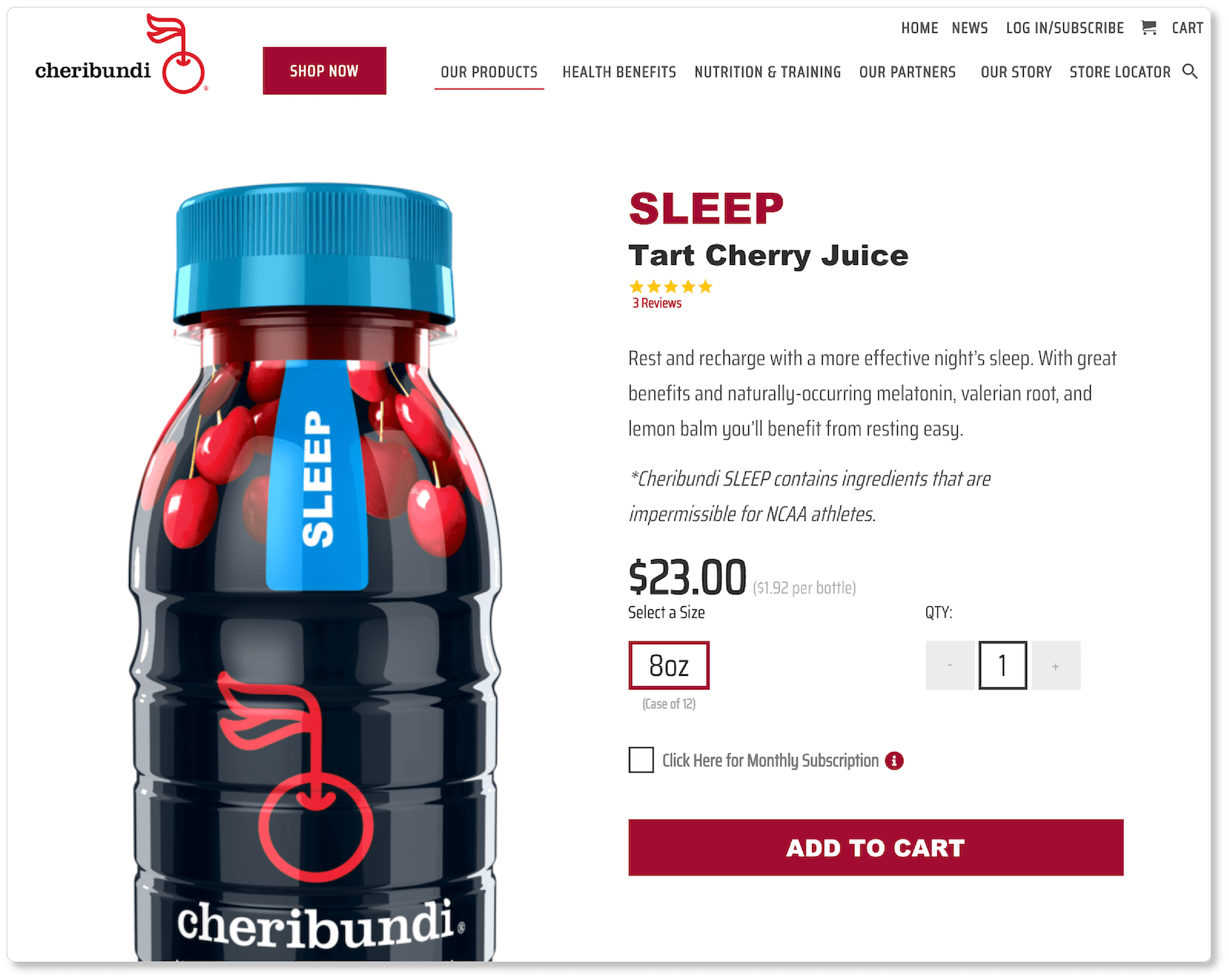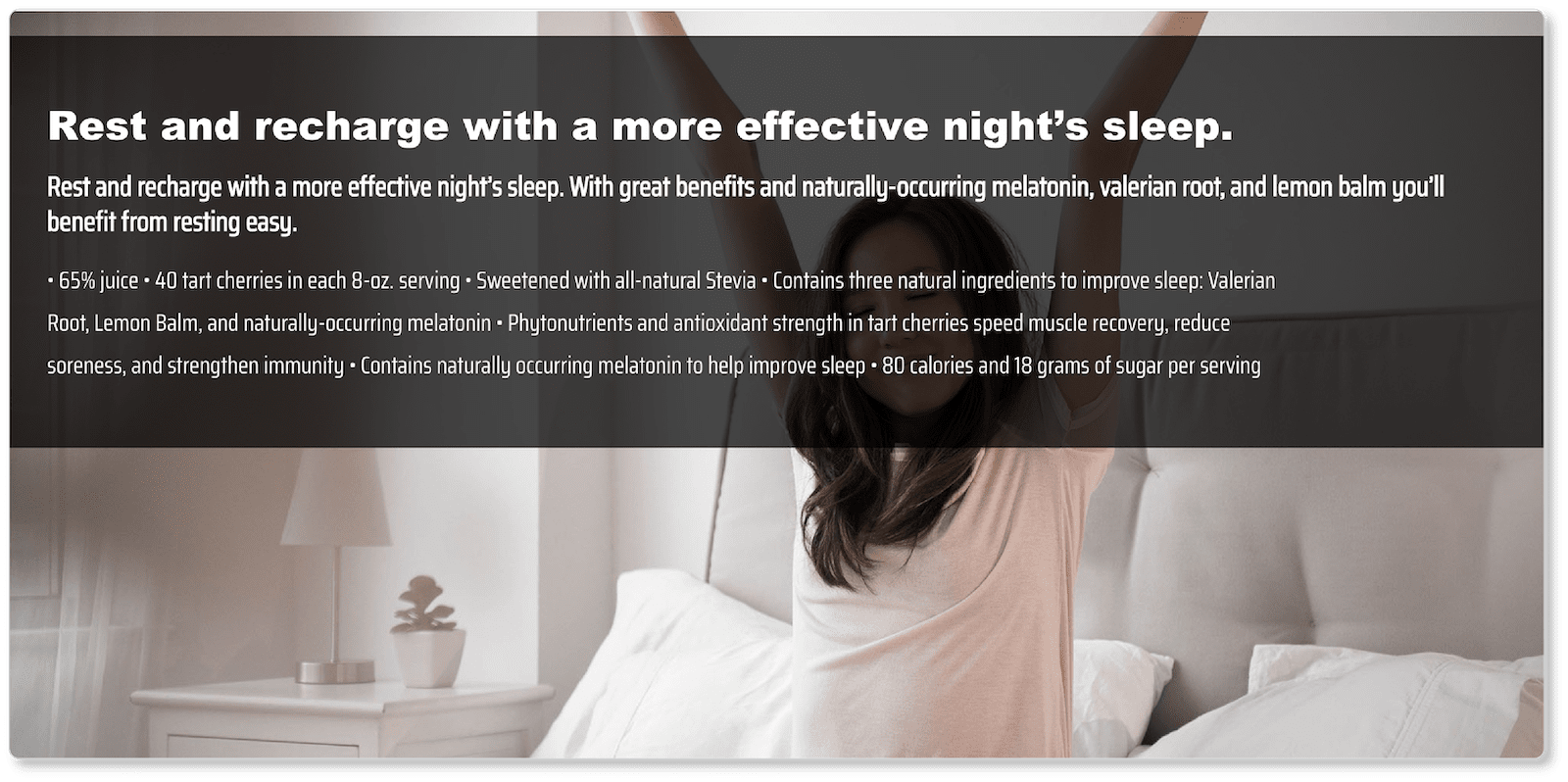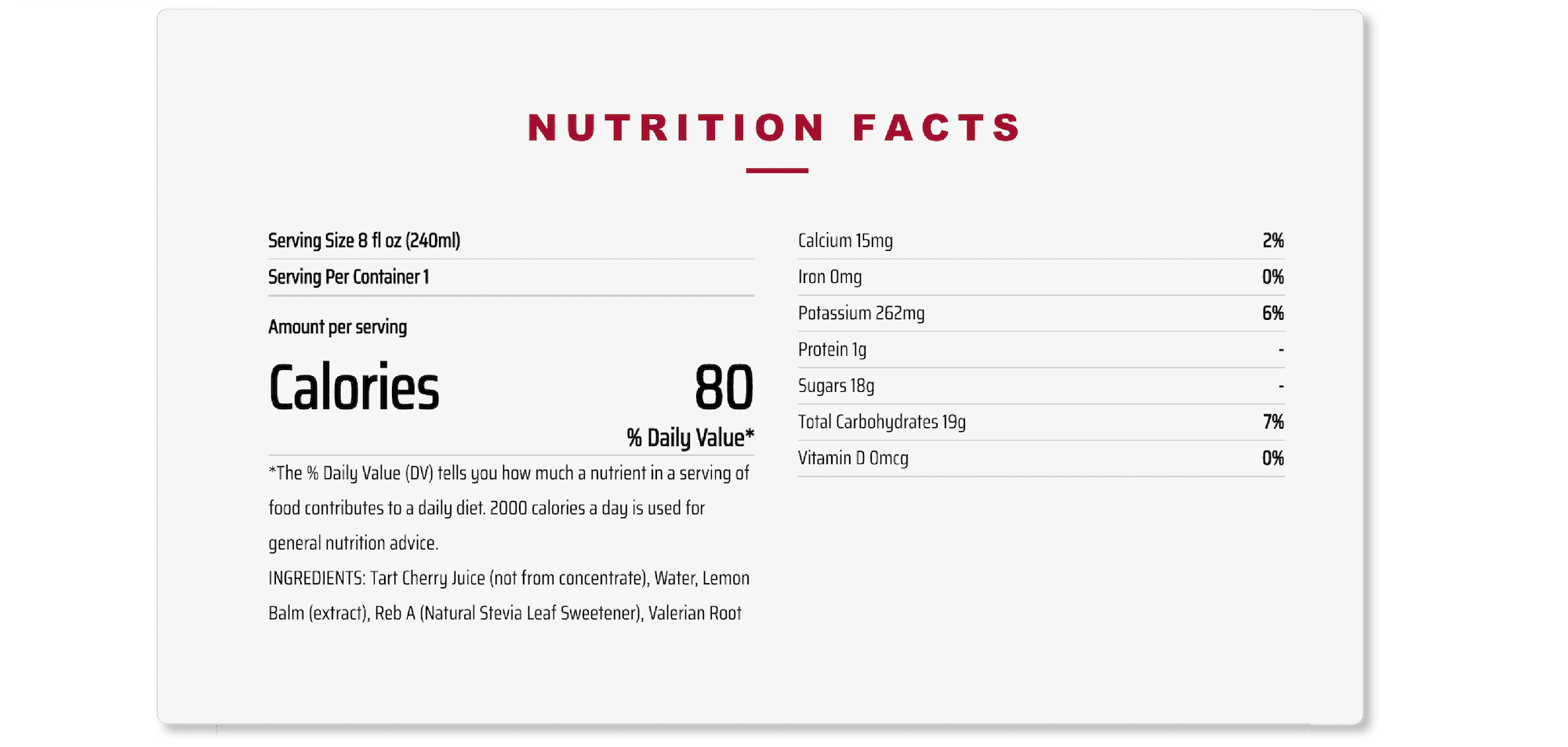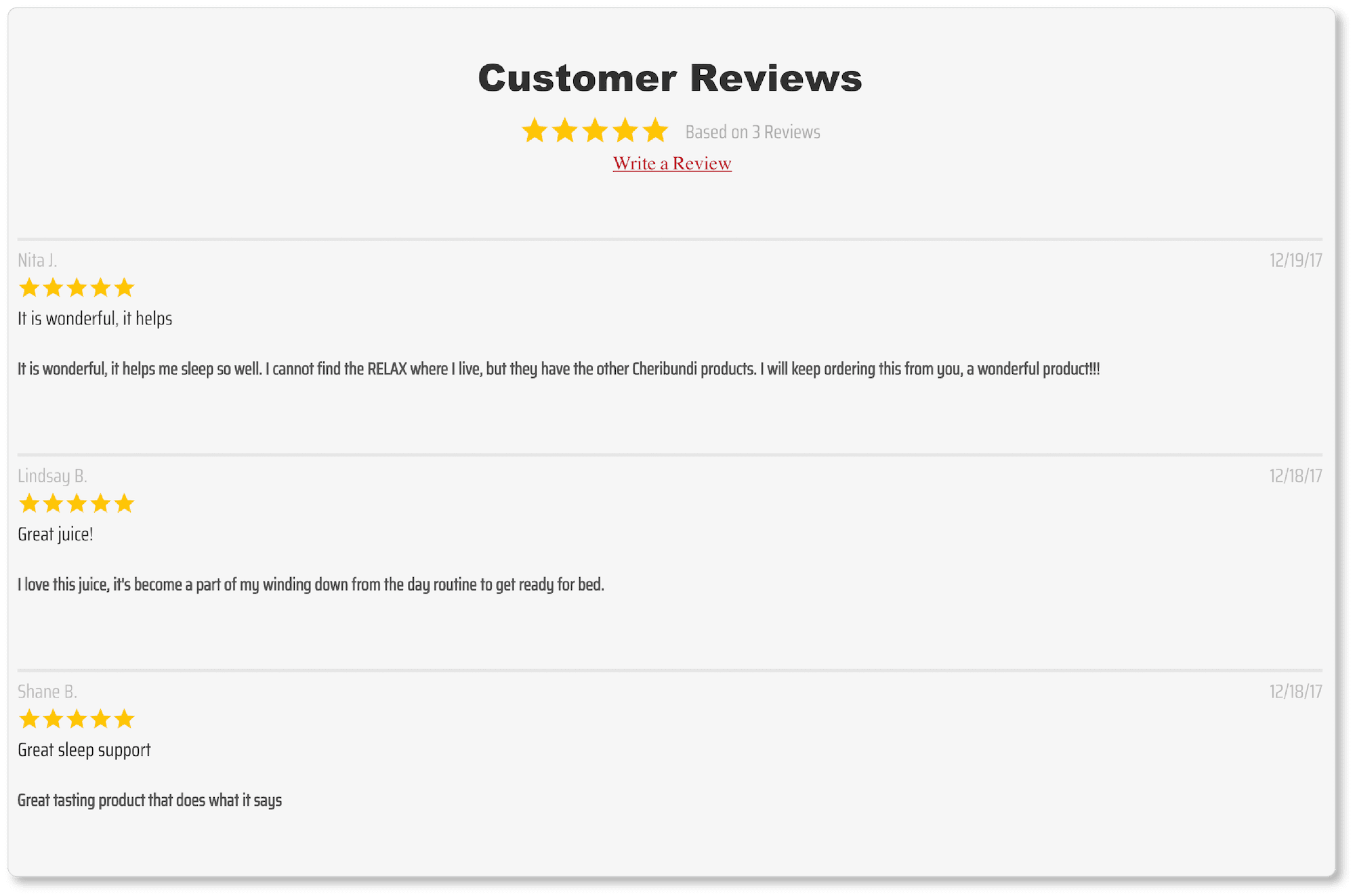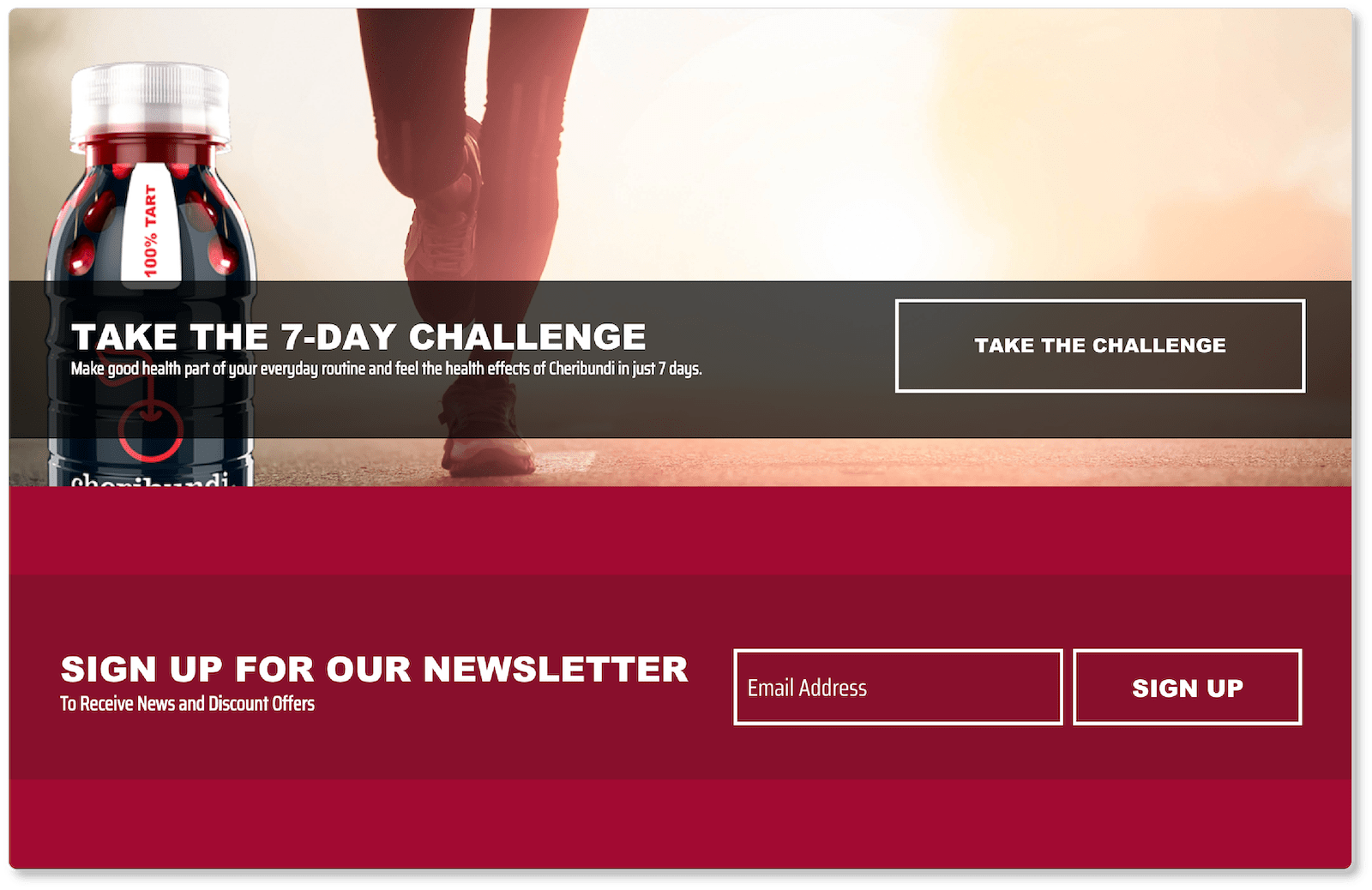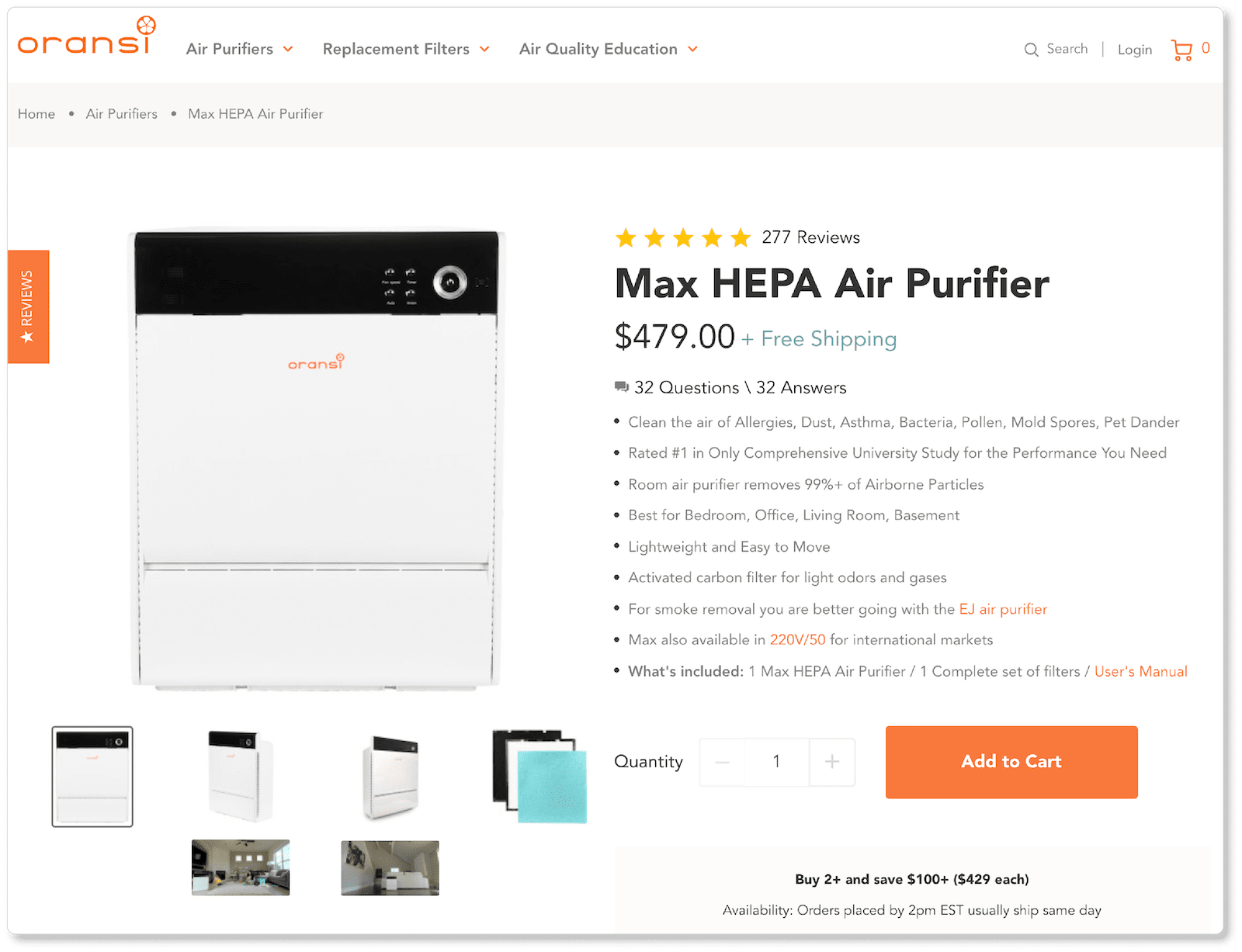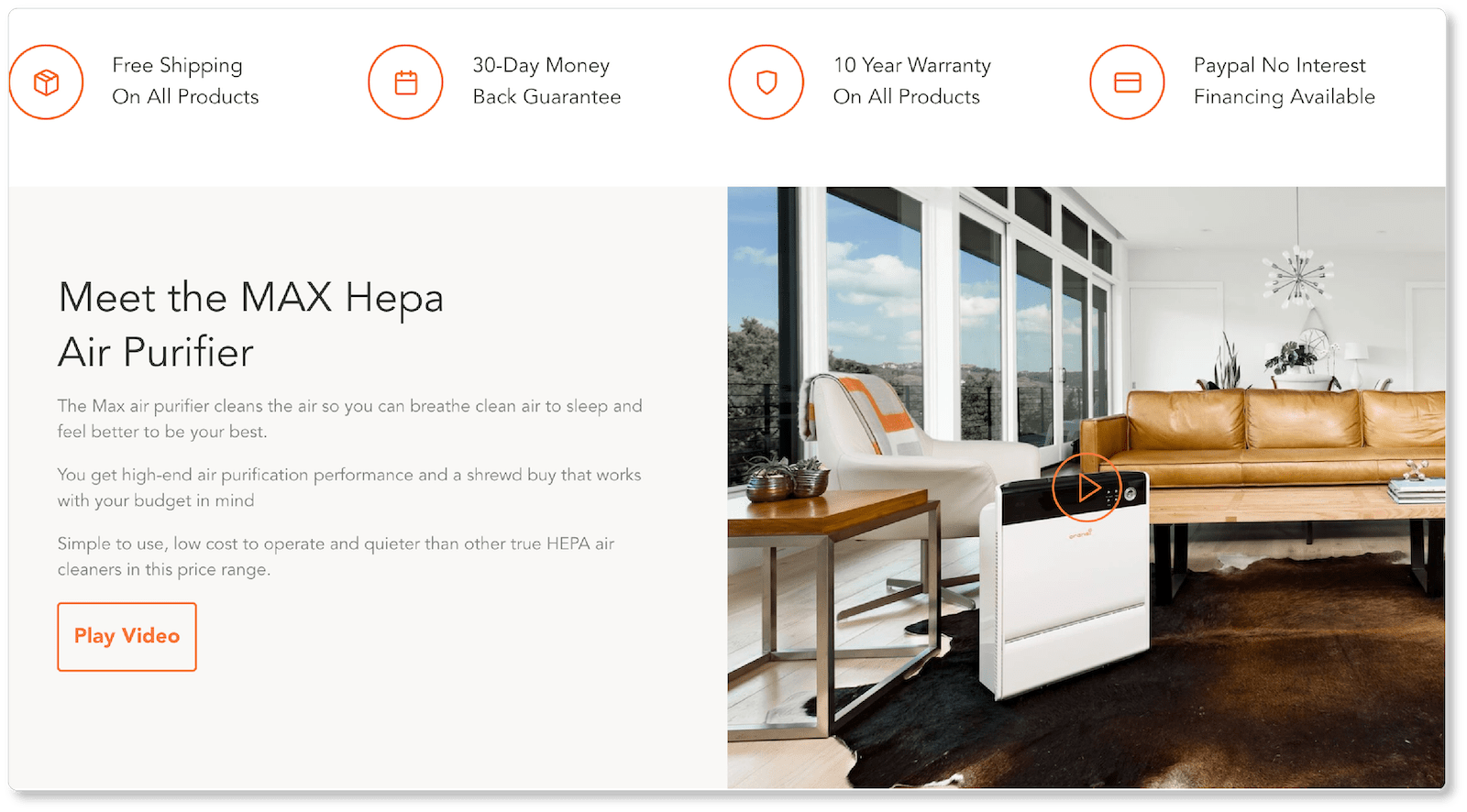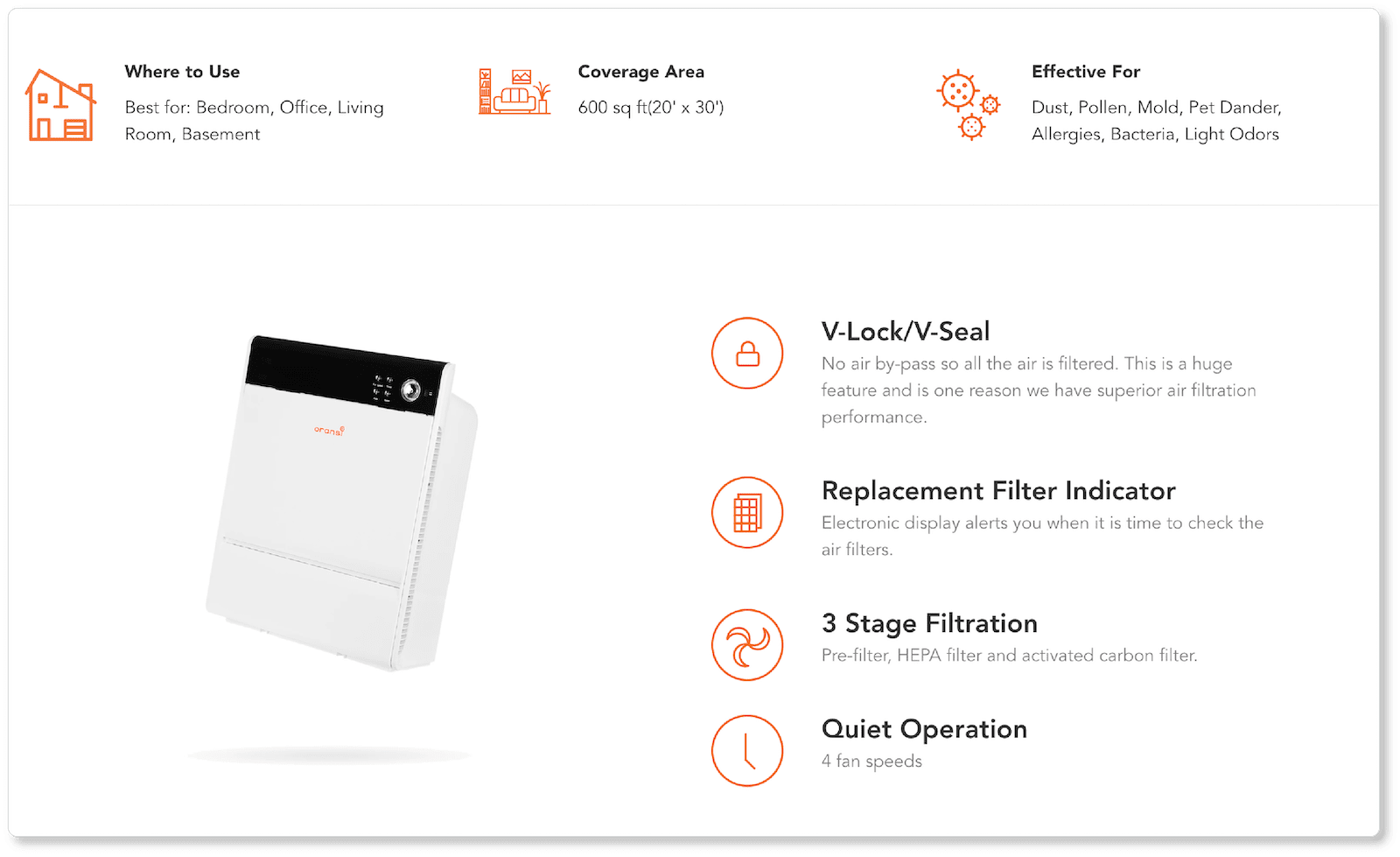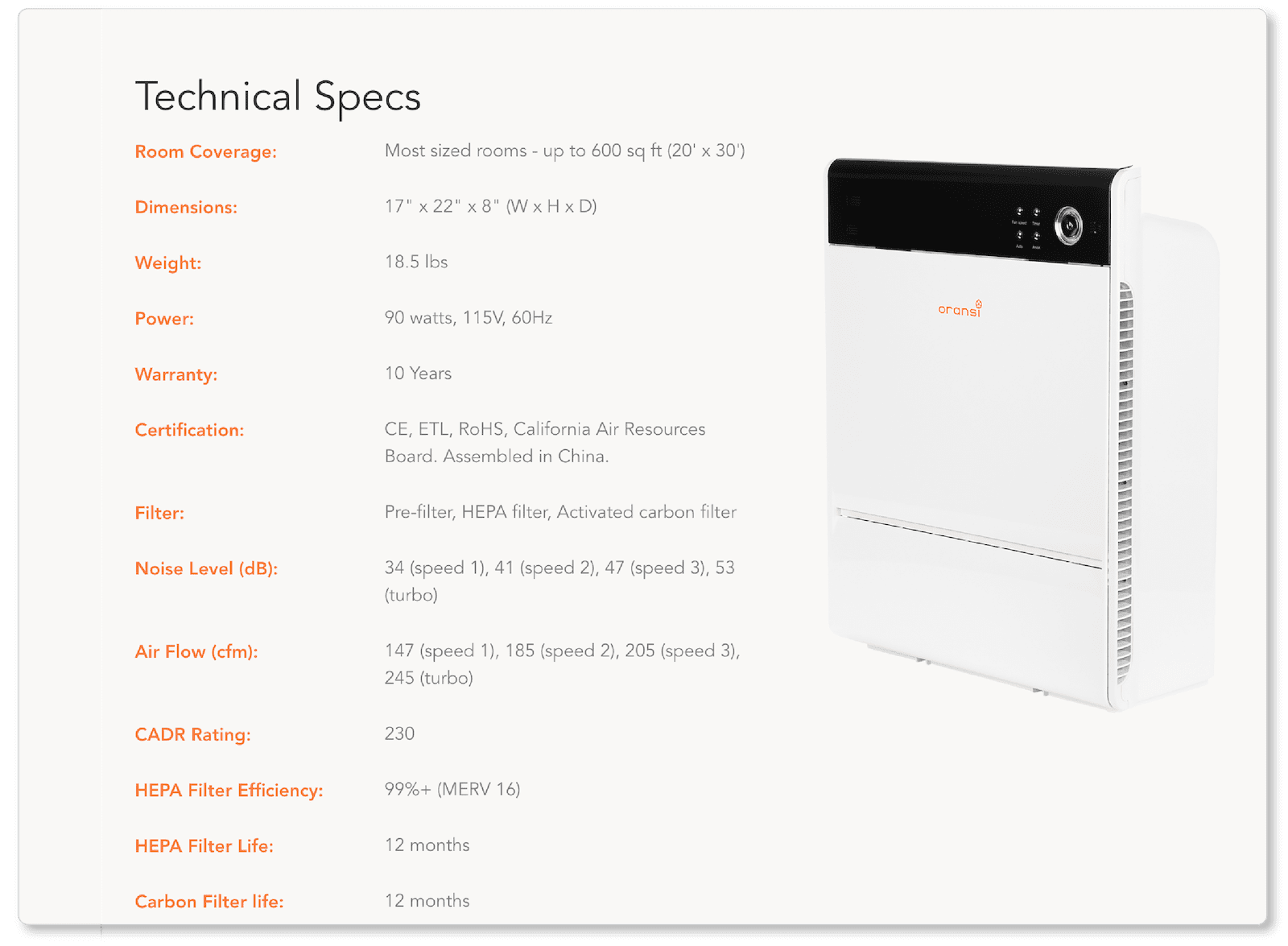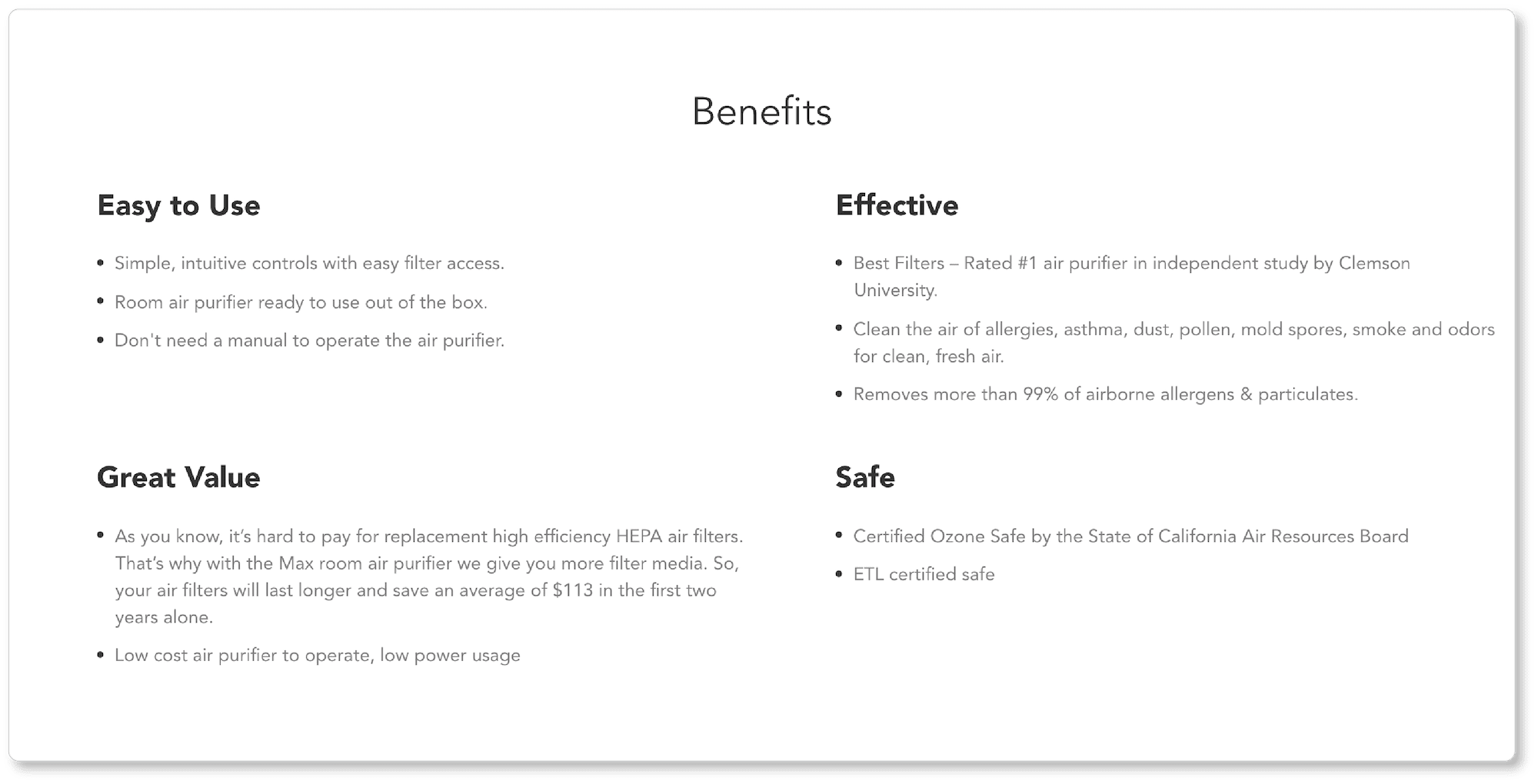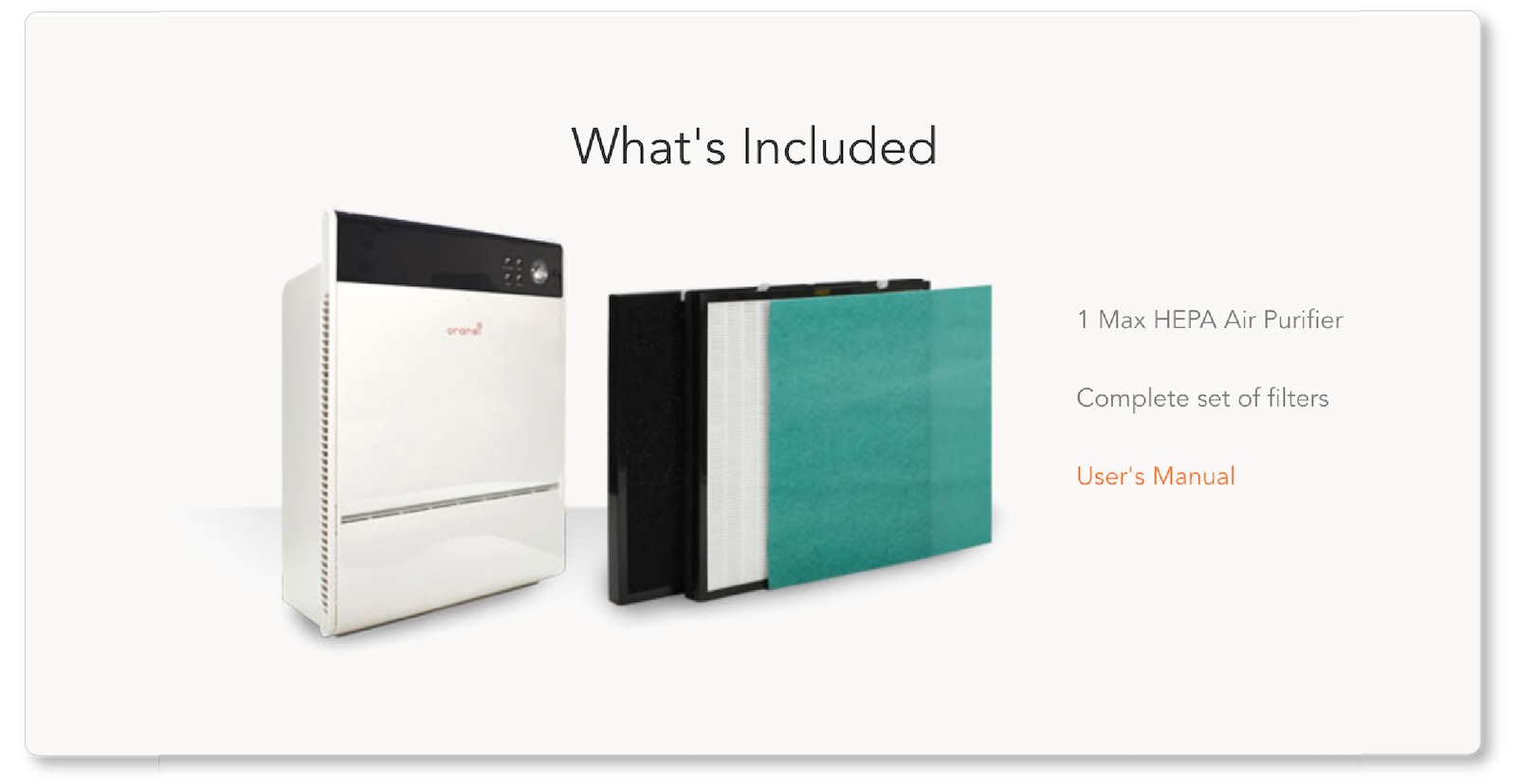- HOME
- Ecommerce
- Writing Your Best Ecommerce Copy
- Writing Killer Product Descriptions that Convince and Convert
Writing Killer Product Descriptions that Convince and Convert
- 12 Mins Read
- Posted on May 19, 2019
- Last Updated on October 8, 2024
- By Lauren
If you’ve been reading our ebooks as you set up your ecommerce store, you’ve got a batch of strong product photographs that are ready to go live. You’ve also done your keyword research; and you’ve chosen the best-performing search terms to insert into your product title, category pages, URLs, title tags, meta descriptions, and elsewhere.
But here’s the thing: No matter how visually compelling your product images are, if you don’t have the words to support what your images are promising, you’re not going to draw prospects any further into the sales funnel. Strong product images will pique your visitors’ interest; but your copy has to work with them to clarify the promise they seem to be extending to your visitors. There are questions that images can’t answer—at least not explicitly. The product is beautiful; but is it right for them? Now it’s time to fill in the gaps with your words.
What’s more, your on-page optimization efforts aren’t finished: As we mentioned in the previous section, your ecommerce product copy gives you yet another opportunity for keyword use. This is precious space; we want to ensure you don’t waste it.
We should begin by saying that the term “product description” is a bit of a misnomer. A product description needs to do morethan “describe” the product at hand: It needs to qualify its value and communicate why the product is worth purchasing. It needs to sell your product to real people by educating them on the product’s benefits, its USP, the pain points it solves, and why it’s the best possible solution for your target market. Perhaps it’s helpful to think of the product description as the virtual analog to a salesperson. The comprehensive “sales pitch” your descriptions make are like those helpful, personable floor staff… except they’re on, 24/7.
These will take time, we know: Good product descriptions aren’t exactly easy to write, and a lot hinges on them. After all, you’re dealing with a crucial element in the conversion funnel—answering the final questions or objections that’ll move prospects to click that “Add to Cart” CTA. But if you can commit to writing even a handful of descriptions a day, you’ll eventually see the benefits of your efforts: more conversions, fewer cart abandons, lower return rates, fewer inquiries called in to your customer service, increased customer trust… and, of course, good SEO rankings. In other words, killer product descriptions will pay you back manyfold.
So how do you write effective product descriptions that sell? You came to the right place.
Know Your Target Audience
It’s nearly impossible to talk about “general best practices” for product descriptions, because “the best” product descriptions take yourcustomer persona into account. No number of copywriting tips will be useful if you don’t know whom you’re writing to, or for.
Of course, if you’ve been following along with us, you’ve learned the language your target audience uses to describe their interests, values, pain points, and desired solutions. You’ve discovered the benefits they’re on the lookout for. (You’ve also discovered the objections they’ll have to your offering!) You’ve uncovered the features that are most important to them, and the ones you should lead with. You know whether they appreciate humor, or whether a playful tone would turn them away. You also know how much information your prospects need in a description. (For example, if you’re selling to professionals, you probably don’t have to describe why your product is important. Instead, you’ll forefront specs.)
In short, once you’re clear on who’ll be buying your product, everything else will fall into place. Our recommendation is to speak aloud as you write your product descriptions, as though your persona just walked into your brick-and-mortar store. (Address prospects directly in your copy, using the word “you.”) If you think of the product description as a conversation, you’ll do more than ensure your target market feels spoken to. You’ll make your company sound human.
Know Your Tone
This best practice follows from the first: You’ll discover your tone when you know whom you’re speaking to. (It might help to consider how your prospects speak to each other when recommending your product: What slang or lingo does that demographic use?)
And yet, while each of your products might have a slightly different target market, there’s a single common denominator… and that’s you. Don’t forget that you have a company persona; and it’s your brand. Whether it’s witty, playful, sincere, earnest, nostalgic, enthusiastic, or [insert your adjective here], your company has a voice. Make sure you sound “like you” consistently across your descriptions. Here’s an example from ThinkGeek:

The lesson here isn’t that “playful copy sells“; it’s that playful copy sells to this target market.
Describe Features… But Underscore Benefits
As an ecommerce merchant, you’re naturally eager to share the features of your products. (Features are the factual statements you can make about your product—the details that often go under “specs.”) And indeed, you should list features on your product page—if not directly in your product description.
But remember that your target market probably isn’t interested in the technical specs of your product—or at least, that isn’t what matters most to them. What they’re motivated by is benefits: how your product either reduces a pain point or introduces a pleasure into their lives. We’re talking real solutions and tangible life enhancements. What can prospects achieve with your product? How will you offering make them healthier, happier, more at ease, more productive, etc.? In other words: What’s in it for them?
The line between features and benefits can be easy to cross. One strategy for approaching this is to sit down and list every feature of your product. Gather all the basic information you can: materials, production process, physical details. Then on the other side of the page, note how that item directly translates into a customer benefit. (A removable and washable inner liner is a feature; convenience is a benefit. Reduced pollen count is a feature; fewer symptoms of asthma is a benefit. Small size is a feature; portability is a benefit. And so on.) Here’s a product description from The Yankee Candle Company:

Note how Yankee Candle offers features and benefits simultaneously here. Thick-cut glass is a feature; giftability is a benefit. A lid that becomes a pedestal is a feature; decorating options are a benefit. The double wick is a feature; increased fragrance is a benefit. Take a tip from Yankee Candle; consider the customer experience with every product detail you mention.
Tell a Story
This need not be elaborate: The “story” may be about how your customer finds a solution to their pain point in your product. The point is to remember that emotions have a huge impact on buyer behavior. Indeed, we make purchasing decisions based more on the primal parts of our brain than on any logic. And storytelling stimulates those areas. Maybe you remember the “Significant Objects” project, an anthropological experiment in which cheap knicknaks were given backstories that prompted consumers to ascribe sentimental value to the objects. Some of those objects sold on eBay for over 6,000% of their buying price.
The moral of the story? Emotionally-charged narratives grow products’ perceived value.
For you, maybe this means telling the story of how the product first came to be: Who produced the first prototype, how, and to meet what need? What was the inspiration behind that first iteration of the product? What has the journey been since? What obstacles have its creators had to overcome; what tests has it endured; what features have been added over time in response to customer feedback? Treat your product like a character in a movie. If the prospect begins to imagine it as a companion or a “hero,” they’re more likely to forget that the relationship is transactional. Here’s an example from Method:
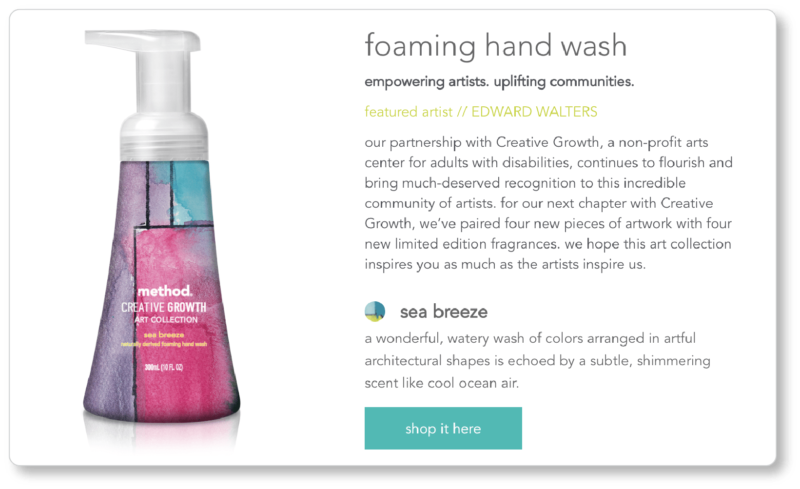
Method’s “product story” is about its collaborative relationship with the greater community. Of course, these will be mini, product-specific stories; you’ll save your “founding story” for your About Us page.
Appeal to Prospects’ Imaginations
If you’re telling a story, you may have already begun to do this. Other ways of appealing to imagination include “setting the scene”: conjuring up images in prospects’ minds of what their lives would look like with your product, so they can envision not only owning it, but also buying into a lifestyle. (Want a creative writing exercise? Begin with the word “imagine” and, in five sentences, paint a picture of your prospect’s ideal life with your product at the center of it.)
You might also dig deep into your adjective tool belt and describe your product in such a way that prospects could envision it even if you didn’t have those terrific photos on your page. Research has shown that when people hold a product in their hands, “perceived ownership” (and thus desire to own the item) increases. Of course, you don’t have the luxury of putting your product in prospects’ hands. But you can appeal to their imaginations through language.
Answer the “5 Ws” (and H)
This is a long way of saying: Don’t leave anything out. If you answer these questions fully, you’ll have the most comprehensive product description possible:
- Who is the product for? You’ll have already described your customer persona in detail; this is your answer to that question.
- What are the product’s specs (materials, ingredients, dimensions), functions, features, and benefits? What color, size, model, etc. options does it come in? What is the production process? What is the care information?
- When would a consumer use the product? For what occasion, to serve what need? Is it a daily, occasional, or seasonal use? What’s more, when should customers expect the item to arrive? Include shipping details on every product page!
- Where would a customer use the product? Indoor or outdoor? In what weather conditions? Or—if it’s a beauty product, for example—can they only use the product on their hair, or can they use it on their skin as well? (Depending on the complexity of your product, this might be where you describe how it works.)
- Why would a consumer choose your product over your competitors’? Or: Why would this consumer choose this product over any other in your product line?
Here’s another way to think of it: If you gave your description to a stranger who knew nothing about your product, would they still have questions about your offering after reading it? If so, the description isn’t pulling its full weight yet. Remember that 20% of purchase failures are a result of either incomplete or unclear product information. So this best practice may not be a one-time exercise. As you field questions about your product over time, you’ll include the answers to those commonly-asked questions in your product descriptions as well.
Preempt Doubts and Objections
Anywhere there might be a transaction, there’ll be a level of friction. Minimize this friction as much as possible. Think prospects might be concerned about what happens if your product wasn’t ultimately what they were hoping for? Mention your 30-day refund policy in your product description. Think prospects might not trust that your product actually works? Link to your testimonials page—or better, include a testimonial or two directly on your product page. For every reason you can imagine why a prospect would entertain doubts, have a counter-measure in place.
Use Power Words
You’re a consumer; you know what works for you… and you certainly know what doesn’t work! First, ditch both the hyperbole (“revolutionary”) and the oft-used descriptors that don’t mean anything to anyone anymore (“high-quality”). Of course, if your product is revolutionary, justify that claim by offering proof that it is! If it’s not, that’s okay. There are still plenty of power words you can use to sell your product for exactly what it is.
Jon Morrow has a list of “power words” worth investigating. Or consider your prospects’ senses and start there. Here are a few examples from B. Witching Bath Co.:
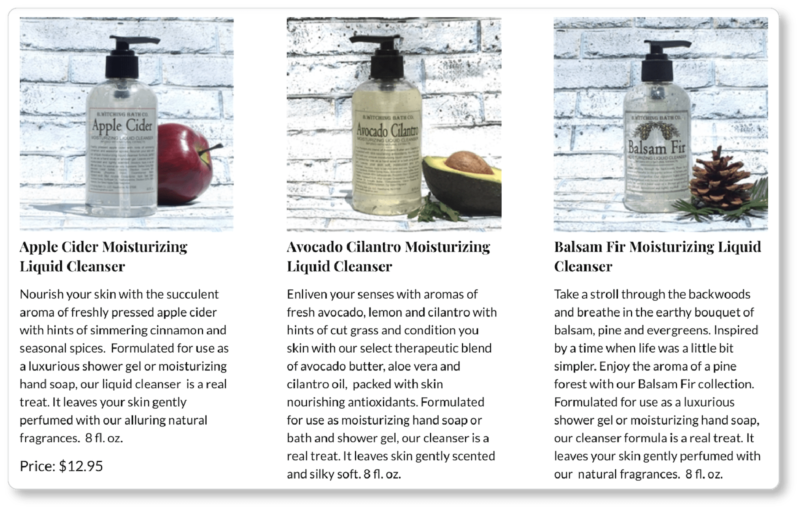
“Succulent,” “simmering,” “hints of cut grass,” “earthy bouquet of balsam, pine and evergreens.” This is language that wakes up the senses. Of course, these “power words” may come more easily for products such as wines and soaps. But no matter what you sell, there are a set of (honest!) power words you can use that’ll set your descriptions apart from your competitors’.
Make it Scannable
21st-century humans aren’t readers; we’re scanners. We don’t want to wade through blocks of information to get to the stuff that’s pertinent to us. Your product descriptions need to account for this fact. “Readability” means breaking your copy up with <h> tags (subheadings): a section for specs, a section for product benefits, a section for nutrition information, a section for customer reviews, a section for user-generated content, a section for FAQs. This allows visitors to jump to precisely the details they want, rather than sifting through content that’s irrelevant to them. It means breaking up the copy in each of those sections with bullet points. It means using bigger fonts for more important information. It means including white space between sections. In short, it means a terrifically clean-looking page.
While you’re at it, give visitors the most important details in each section first. Here are two great examples from Cheribundi and Oransi. Note that Oransi’s product is much more complex and requires more sub-sections. (We haven’t even shown all of them!):
Remove Buyer’s Guilt
In a way, this is an extension of the best practice of “preempting doubts and objections.” We’ve given it a separate category because eliminating buyer’s guilt before a prospect even makes the purchase is a more subtle art. It may be useful to think of all the reasons you’ve justified purchases in the past. Then experiment with these strategies (assuming, of course, they’re relevant to your product):
- reminding prospects what a bargain they’re about to get
- complimenting them—on finding such a great deal, on having such great taste, on the aspirations they have that your product will support, and so on. Here’s how ModCloth does it:

- reminding them how essential—or even game-changing—your product is to their __________ (health, well-being, security, social status, etc.)
- letting them know this is a time-sensitive offer
- emphasizing that the product will save them money (or time) in the long run
- giving the sense that your product is exclusive
- helping prospects visualize all they’ll be able to achieve with your product
- using present verb tenses to help prospects imagine they already own your product, and their needs are already being met by it
- selling not only the product, but an accompanying lifestyle
Keep a Consistent Structure across Product Descriptions
Ultimately, you’ll offer as much information as is appropriate for your product and your target market. (A t-shirt will require less information than, say, a vacuum cleaner will.) A typical format includes one or two paragraphs that set up the problem and introduce your product as a solution; a few sections of bullet points to highlight specs, benefits, and whatever else you feel is necessary; a final note on the product; and a call to action. Maybe you’ll decide to begin each product description by complimenting your target market (differently for each product!). Maybe you’ll slip a joke into each description. The point is to have a template of sorts that you can return to—again and again, with each new product—for the sake of consistency.
Consistency in your descriptions will strengthen and cement your brand image. It’ll speed up your writing process. It’ll also help your prospects: If you give comparable information about each product, presented in a similar format, consumers will find it easier to compare and pinpoint the one that fits their needs.
Know When to Show… and When to Tell
Remember, your product descriptions are just one (crucial!) element of your product pages. They’ll work with product videos, social media integrations, customer reviews, and other user-generated content for a sweeping “sell” of your product. There are some things you simply won’t be able to “describe”… and that’s okay.
For the stuff you can describe, you’ll get on the A/B testing train once your product pages are up. You’ll discover what amount of copy visitors want, how far down the product page they scroll, what “product stories” and product copy converts best, and more.
That said, don’t write a first draft of a product description and slap it up on your product page with the intention of A/B testing afterwards. Have everyone you can think of take a look at it first. Then ask them what they think your product’s benefits are. Ask them what kind of person they think the description was written for. (This is your customer persona, but you don’t have to call it that for the sake of this exercise). Ask them why they’d chose your product over a competitor’s.
If your readers can’t answer these questions, go back to the drawing board. Or find yourself a professional copywriter who can strike a balance between benefit-driven copy for your customer persona and SEO best practices.
In the next sections, we extend our examination of product copy a bit further to include psychology. You’ll learn how to leverage psychology in your product copy to influence prospect behavior and see examples of great ecommerce product copy.








